Should you change your wheels for winter?
Are new wheels for winter necessary or just more expense? Here's what you should think about
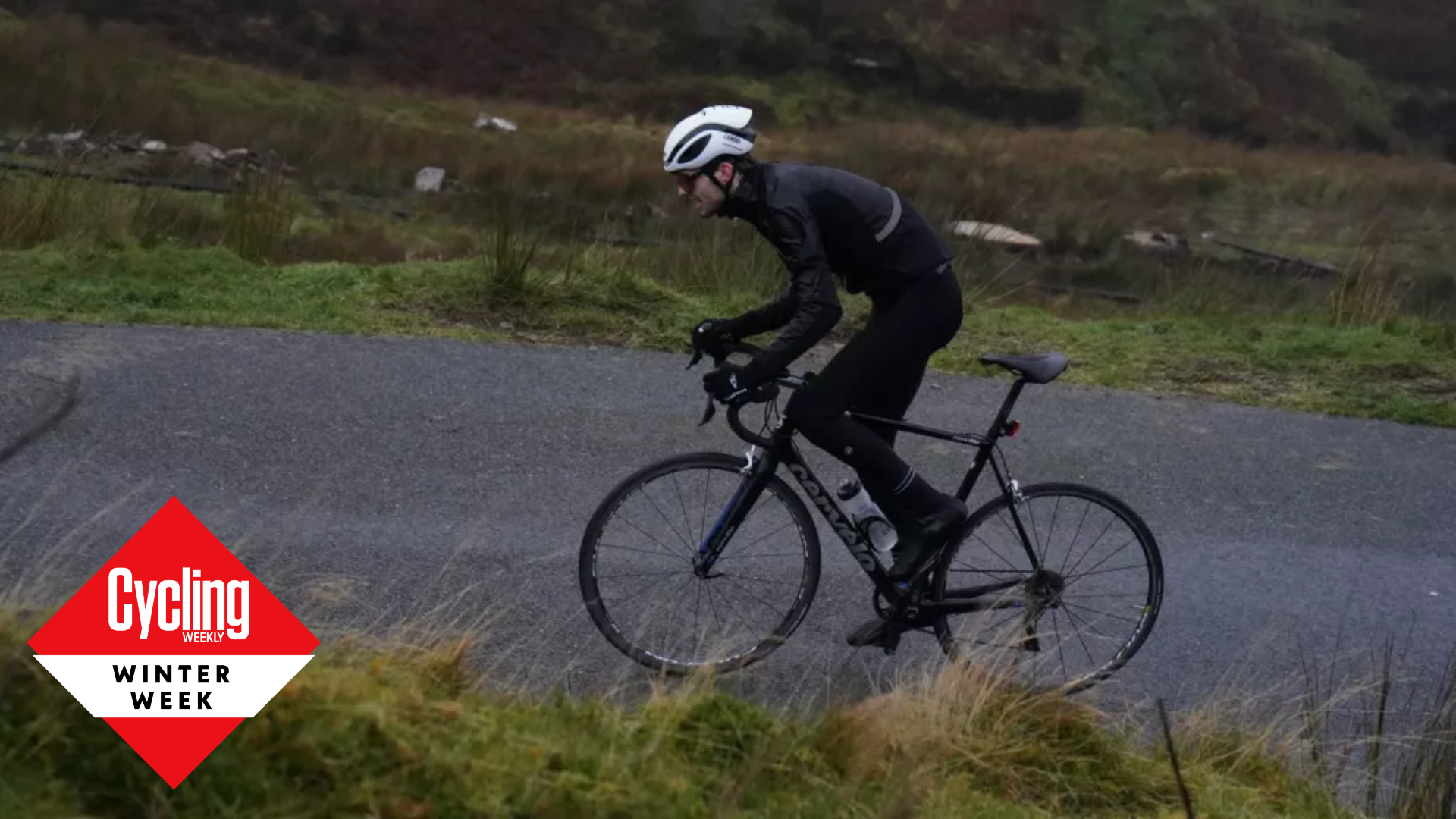

Top of most people’s upgrade list when they buy a bike is a new set of wheels. Whether deep section aero or super light for climbing they can dramatically improve your ride experience over the budget wheels that often come even with expensive machines.
So why wouldn’t you want to keep riding the best road bike wheels , even now that winter is on its way?
Why expensive wheels aren't a match for winter
Well, the main problem with riding your new wheels in the winter is the extra water on the roads, often coupled to dirt and salt. That’s a combination that can wreak havoc with delicate bearings, finding its way into even the best protected hubs and increasing wear. And more expensive wheels will usually have bearings that are pricier to replace and maybe less well protected from the elements too.
If you're still wondering why you shouldn't keep riding expensive wheels, the next item on the list to go will be the freehub. It's is also likely to need more maintenance in winter to keep it running smoothly. Again, dirt and water can find their way into the delicate mechanism, which may need to be cleaned and re-lubed.
It’s not just the internals of the hubs that can take a hit from damp and muck. They’re going to work their way into the spoke anchors and between the hubs and cassette too. Those are areas that are tricky to get to and keep clean.
More expensive wheels will often have spokes with alloy nipples to save weight. They’re more durable nowadays than they used to be, but they are still susceptible to the corrosive effects of salt and can either freeze to the spokes or crack. That makes wheel truing impossible and can mean that you need an expensive rebuild.
Brass nipples are a little heavier, but they aren’t prone to corrosion, so they’ll cope with a dose of damp and salt better.
Get The Leadout Newsletter
The latest race content, interviews, features, reviews and expert buying guides, direct to your inbox!
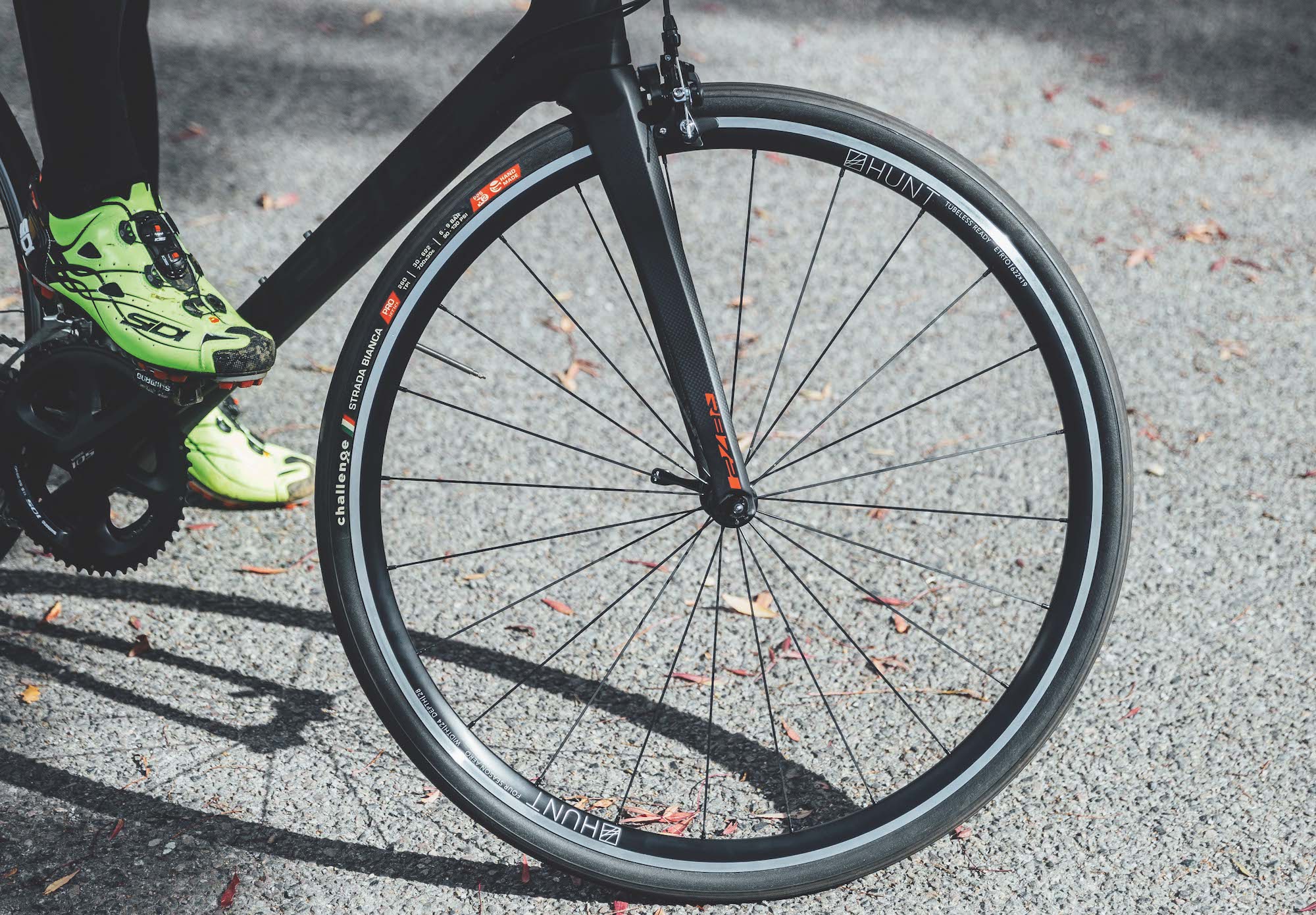
Nipples on deep section wheels may be hidden in the rims too. Ride in wet conditions and they may stay damp for a prolonged period, meaning that there’s more time for corrosion to set in. It’s also harder to keep rims with recessed nipples clean as there’s a gap where the spoke enters the rim, which can attract dirt.
If your bike has rim brakes, there will be a lot more wear on the brake surface on the rims in winter. Grit can get lodged in brake pads, grinding down the brake tracks, particularly on more delicate carbon rims.
All that means that more expensive wheels may need more maintenance than a budget pair, wear more quickly and parts will be more expensive too. If you do need to replace your wheels, that’s going to be a lot cheaper if you’ve worn out a budget set of winter hoops and kept your best wheels for summer use.
Wheels for winter conditions
If you’re only going to buy one set of wheels, it’s worth looking for one that will handle adverse conditions. That’s the advice of Ollie Gray from Hunt Bike Wheels. Gray points out that the performance of Hunt’s 4 Season range is close to that of its lightweight race wheelsets.
But the 4 Season wheels incorporate features like double sealed bearings with hub shells designed to deflect water away from their internals and use brass nipples. They’re still light though - Hunt's 4 Season Disc wheelset has a claimed weight of 1,588g per pair - and include an easy-to-maintain free hub so that owners can service them themselves.
Of course Hunt aren't the only brand that make durable wheels for winter conditions. However, regardless of the manufacturer, you'll want a pair of winter hoops that match Hunt's specifications.
As a rule of thumb when buying winter wheels look for durability and serviceability ahead of weight and aero credentials. This is likely to mean alloy rims with a high spoke count and brass nipples. You'll probably find j-bend spokes easier to service and replace, so choosing these over a wheel built using straight pull spokes might be best. Likewise, round spokes are generally easier to true than bladed varieties, especially if you're doing a quick road side repair and don't have a bladed spoke tool to hand.
If you're looking to service your wheels without the help of your local bike shop, then you'll want to be able to access the bearings without needing any specialist tools - unless you're running hubs from the same brand on your best wheels and can therefore better justify the spend.
Don't just change your wheels
With a swap to winter wheels, it’s a good idea to change to beefier tires too. Winter roads are notorious for having more debris washed onto them. Along with damp that helps grit to stick to your tyres, that increases the risk of punctures.
The best winter tires for road cycling will typically have a heavier build than summer tyres to add extra puncture protection. They may use more grippy tire rubber and often have a more pronounced tread to up grip on wet roads.
If your winter wheels and tyres are tubeless ready, it’s worth setting them up tubeless so that you get added puncture protection from the sealant, lowering your risk of a stop by a cold roadside to fix a flat. You can lower your air pressure to up ride comfort on long rides too.
Wet conditions and dirty roads will play havoc with your drivetrain too, as it will pick up extra road gunk, increasing wear. So winter is a good time to switch to a cheaper cassette made of more robust steel rather than expensive alloy or titanium. We have a dedicated guide that explains the range of groupsets on offer from Shimano, SRAM and Campagnolo.
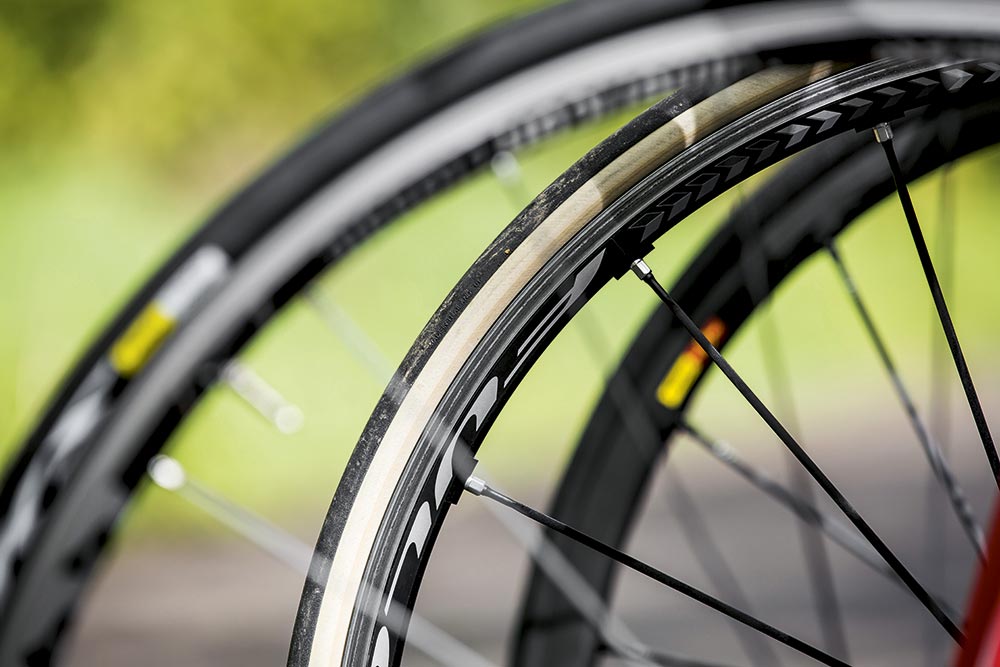
Cassettes and chains wear out quite quickly and need replacing regularly, so if yours are reaching the end of their lifespan, it might be worth keeping them going for the winter and replacing them once better conditions arrive next spring.
If you’re using rim brakes and you’re switching from carbon to alloy rims, don’t forget to swap your brake pads to alloy-specific pads too.
Swapping wheels for the conditions is a move that even pro riders make - and they’re not paying for their equipment. They’ll typically train on clincher wheels, only swapping to pricey tubular wheels with their expensive, difficult-to-maintain tyres for races.
Once the weather does improve and it’s time to swap back to your best wheelset, you’ll immediately feel the difference and enjoy their added performance. You’ll probably go a bit faster too.

Thank you for reading 20 articles this month* Join now for unlimited access
Enjoy your first month for just £1 / $1 / €1
*Read 5 free articles per month without a subscription

Join now for unlimited access
Try first month for just £1 / $1 / €1
Paul started writing for Cycling Weekly in 2015, covering cycling tech, new bikes and product testing. Since then, he’s reviewed hundreds of bikes and thousands of other pieces of cycling equipment for the magazine and the Cycling Weekly website.
He’s been cycling for a lot longer than that though and his travels by bike have taken him all around Europe and to California. He’s been riding gravel since before gravel bikes existed too, riding a cyclocross bike through the Chilterns and along the South Downs.
-
 A bike rack with an app? Wahoo’s latest, and a hub silencer – Sea Otter Classic tech highlights, Part 2
A bike rack with an app? Wahoo’s latest, and a hub silencer – Sea Otter Classic tech highlights, Part 2A few standout pieces of gear from North America's biggest bike gathering
By Anne-Marije Rook
-
 Cycling's riders need more protection from mindless 'fans' at races to avoid another Mathieu van der Poel Paris-Roubaix bottle incident
Cycling's riders need more protection from mindless 'fans' at races to avoid another Mathieu van der Poel Paris-Roubaix bottle incidentCycling's authorities must do everything within their power to prevent spectators from assaulting riders
By Tom Thewlis
-
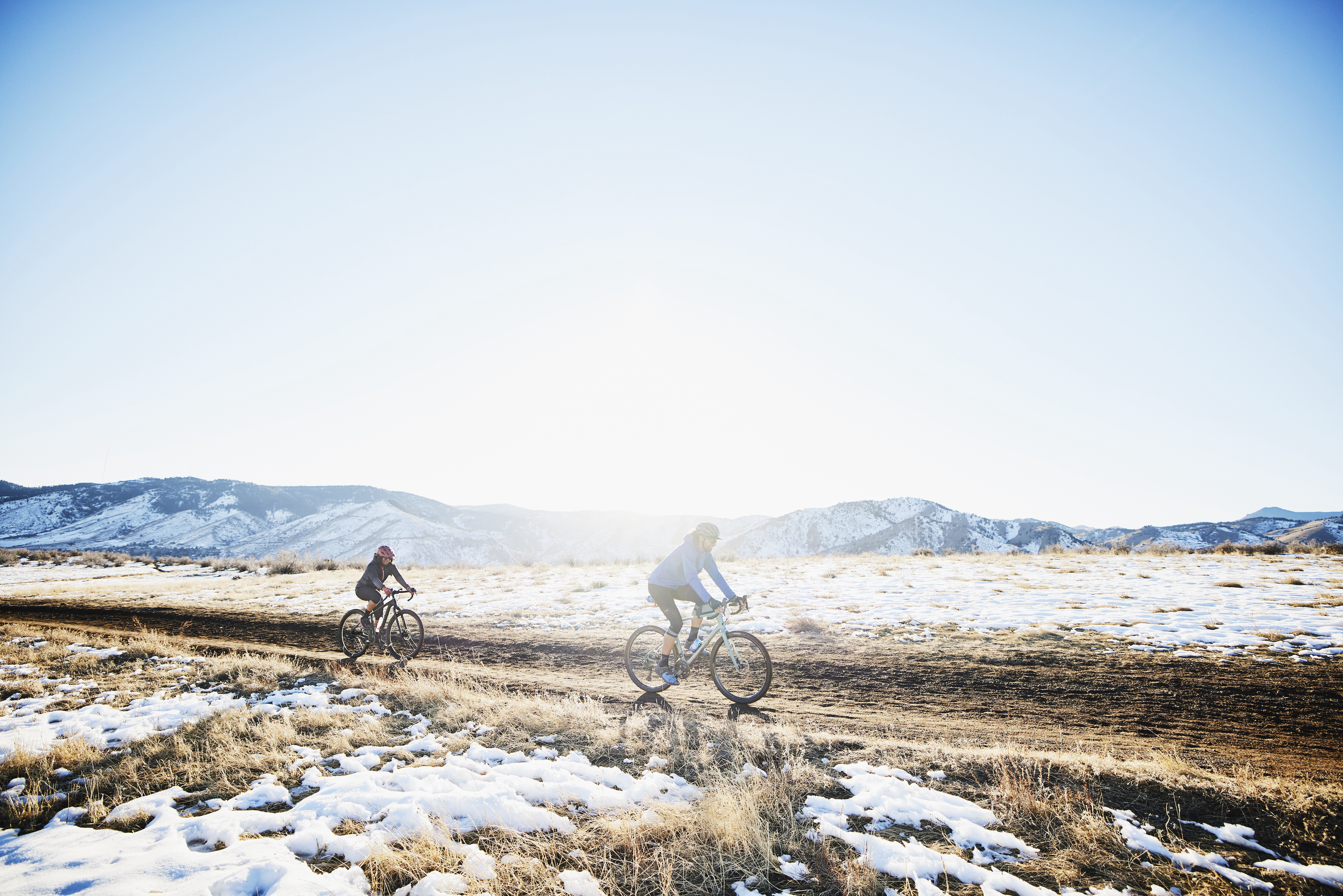 How to turn your gravel bike into a winter machine
How to turn your gravel bike into a winter machineIdeal for winter's rigours it may be, but even your gravel bike needs a bit of love when the weather turns
By James Shrubsall
-
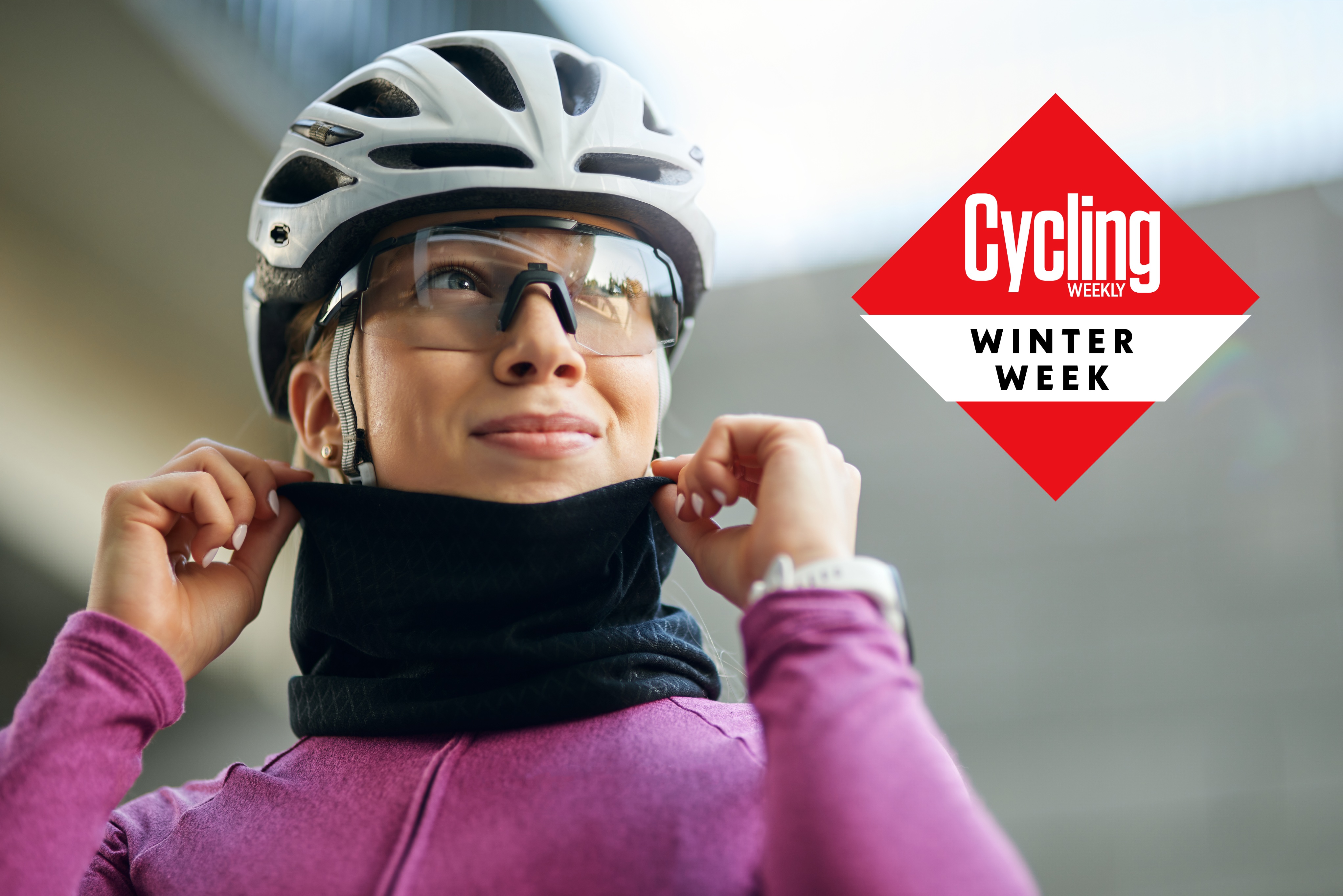 Why the humble cycling buff is my favourite piece of winter kit
Why the humble cycling buff is my favourite piece of winter kitGo wild, it's snood season
By Tom Davidson
-
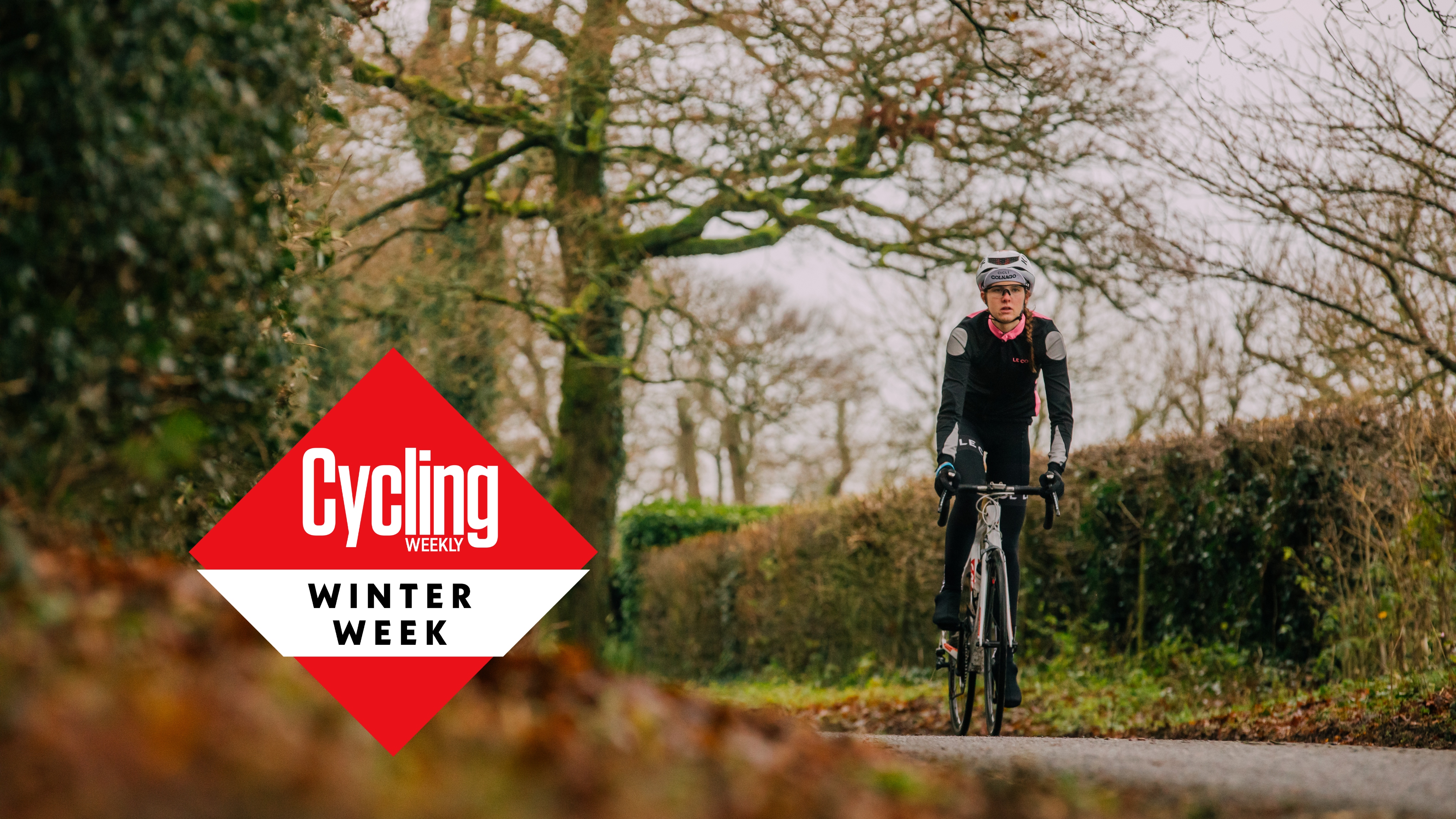 It's Winter Week at Cycling Weekly
It's Winter Week at Cycling WeeklyWe're celebrating the wettest, coldest season the Northern Hemisphere has to offer
By Michelle Arthurs-Brennan
-
 Seven things that happen on a winter group ride
Seven things that happen on a winter group rideSeven things you'll definitely see on every winter club run
By Michelle Arthurs-Brennan
-
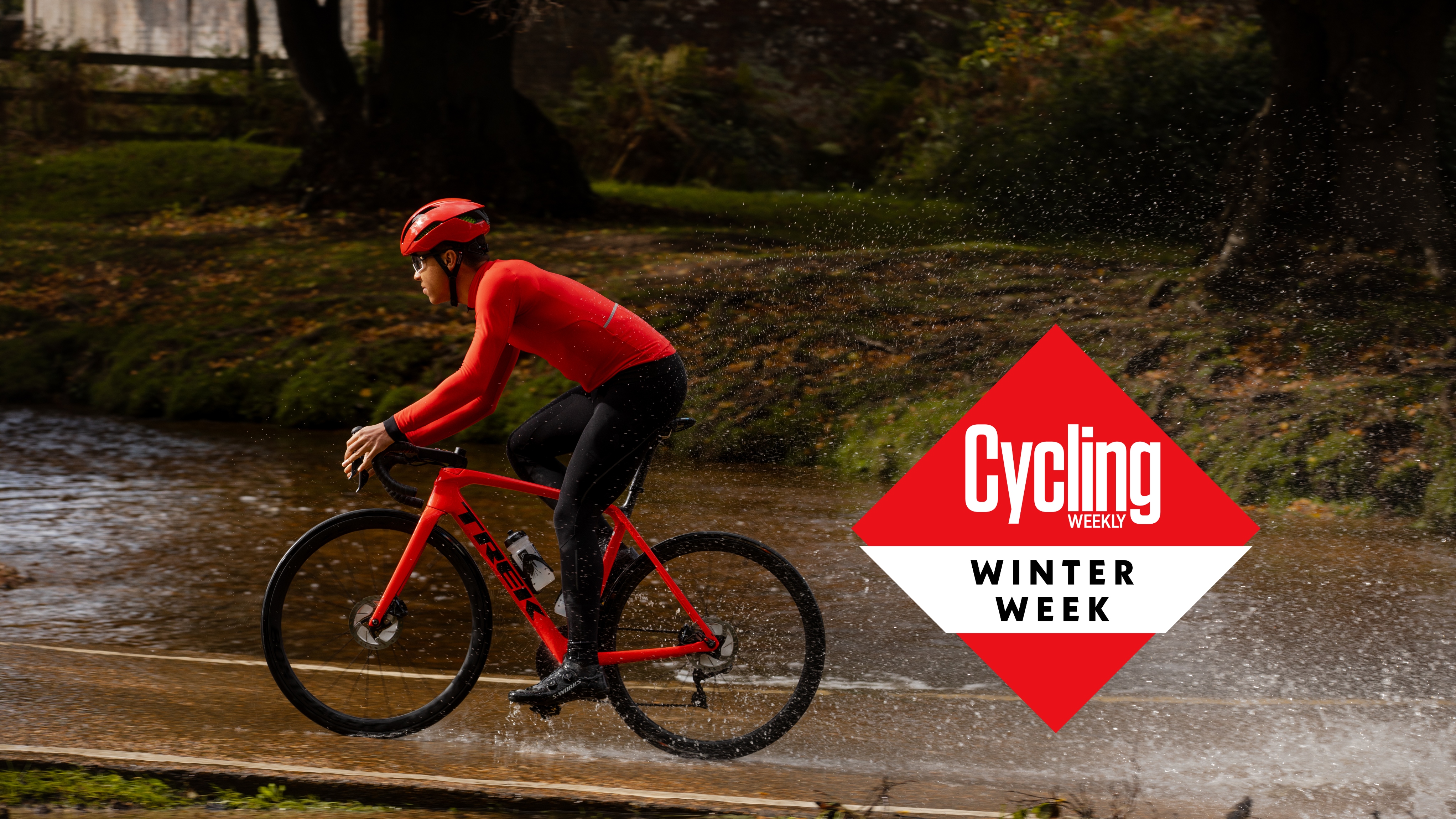 Winter Week: That's right, we're 'celebrating' the wet, cold months
Winter Week: That's right, we're 'celebrating' the wet, cold monthsWe're singing the praises of winter riding, from 13-18th November
By Michelle Arthurs-Brennan
-
 Is your bike winter-ready? Five easy ways to increase comfort and minimise wear
Is your bike winter-ready? Five easy ways to increase comfort and minimise wearOver the colder period of the year, looking after your bike becomes even more important
By Paul Norman
-
 What kind of tires do you need for winter?
What kind of tires do you need for winter?What you need to consider when switching tires for the winter months
By Simon Smythe